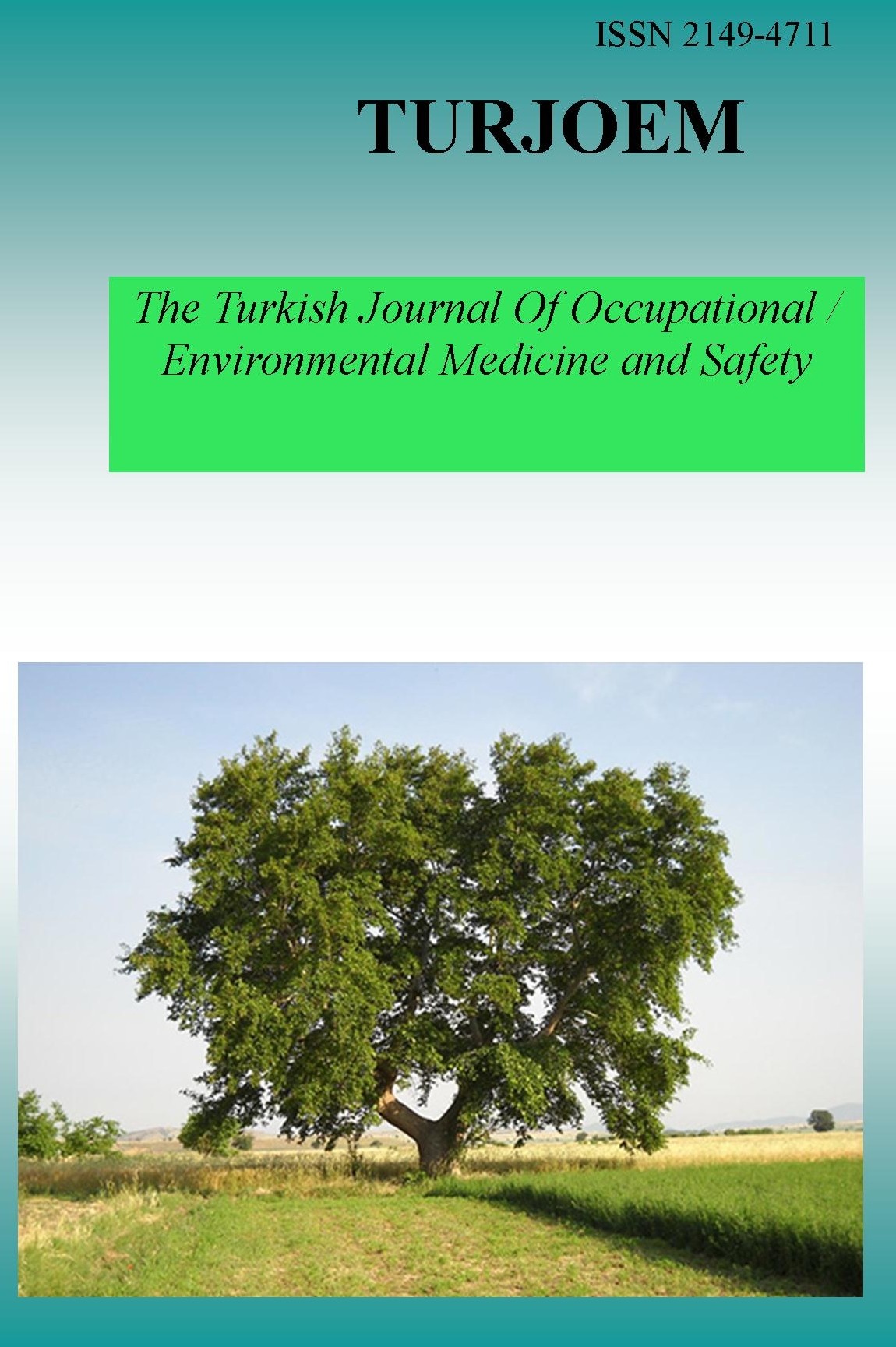ENVIRONMENTAL FACTORS IN THE CAUSATION OF AUTISM AND RELATED DISORDERS
ENVIRONMENTAL FACTORS IN THE CAUSATION OF AUTISM AND RELATED DISORDERS
___
- Paul Edward Gilbert SHATTOCK President of World Autism Organization, UK
- ISSN: 2149-4711
- Başlangıç: 2015
- Yayıncı: Engin TUTKUN
THE EFFECT OF QUITTING SMOKING ON OXIDATIVE STRESS PARAMETERS
Bicer CEMİLE, Yuksel SEVDA, Cucen ZUBEYDE, Sengezer TİJEN
URINE NICKEL CONCENTRATIONS OF NICKEL-SENSITIVE PATIENTS: A COMPARATIVE STUDY IN TURKEY
Selda MERCAN, Ugur CELIK, Hayriye ERTEM VEHID, Burhan ENGIN, Sevcan SEMEN, Zeynep TURKMEN, Munevver ACIKKOL
EVALUATION OF PEDIATRIC EMERGENCY ADMISSIONS DUE TO ALCOHOL USE
Bünyamin DİKİCİ, Feruza TURAN SÖNMEZ, Gülşen YALÇIN, R. Cahit TEMİZKAN, O.Yasin YALÇIN, İ. Hamdi KARA
PHARMACOGENETICS ROLE IN FORENSIC TOXICOLOGY
ENVIRONMENTAL RISK ASSESSMENT FOR AIR TOXICS
EFFECT OF THE ANTI-TNF DRUGS ON CYTOCHROME P450 2C19 ACTIVITY
Mustafa Tugrul GOKTAS, Erdem K. ÖZER, Halil KARA, İlknur ALBAYRAK GEZER, Umit YASAR
MEASUREMENT UNCERTAINTY IN LITHIUM CONCENTRATIONS
Betul OZBEK, Serpil ERDOGAN, Ceylan BAL, Orhan SEN, Pervin BARAN, Ozcan EREL
Şeyda Fikirdeşici ERGEN, Sofia R. MESQUITA, Emrah ACARÖZ, Ahmet ALTINDAĞ, Turgay TEKINAY, Evren TUNCA, Laura GUIMARÃES
